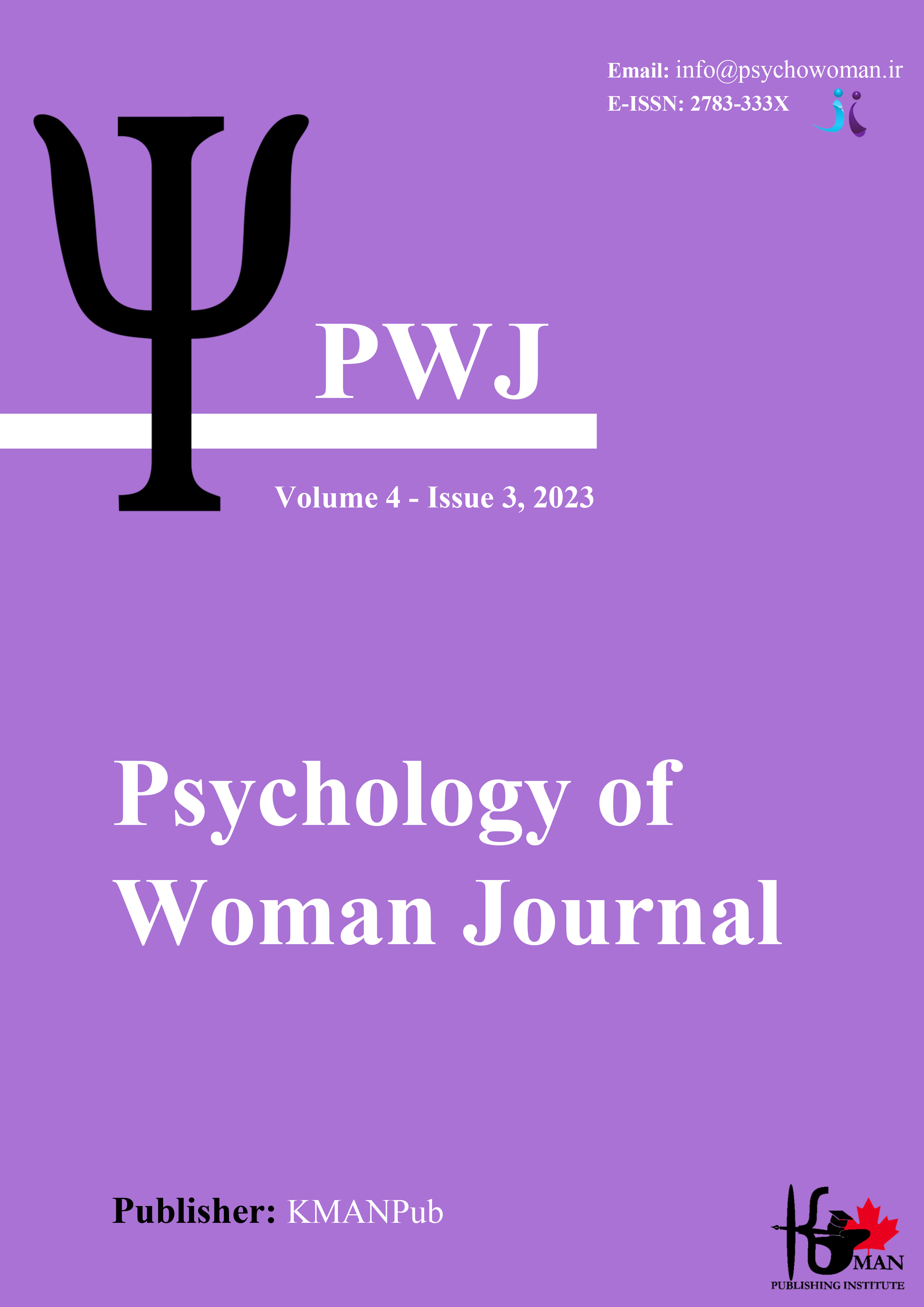Comparing the Effectiveness of Transdiagnostic and Solution-based Therapy on the Tendency toward infidelity in Married Women
Abstract
Objective: This research aimed to compare the effectiveness of transdiagnostic and solution-based therapy on the tendency toward infidelity among married women in Isfahan.
Materials and Methods: The research employed a quasi-experimental pre-test, post-test, and follow-up design, with a sample consisting of 48 married women selected through purposive sampling based on inclusion and exclusion criteria and then randomly assigned into three groups of 16 (two experimental groups and one control group). While the control group was on a waiting list and received no training, the transdiagnostic experimental group underwent 10 sessions of 90 minutes each according to the unified transdiagnostic treatment protocol of Barlow et al. (2010), and the solution-based experimental group underwent 8 sessions of 90 minutes each based on a protocol adapted from De Shazer's "Key Concepts in Solution-based Therapy" (1985). All three groups filled out relevant questionnaires at three stages: pre-test, post-test, and follow-up. The research instrument was the tendency toward infidelity. Data were analyzed using descriptive statistics (mean and standard deviation) and inferential statistics (repeated measures analysis of variance and Bonferroni post-hoc test) with SPSS-25.
Findings: Results indicated that both transdiagnostic and solution-based treatments were significantly effective in reducing the tendency toward infidelity compared to the control group, with transdiagnostic treatment being more effective. Hence, both transdiagnostic and solution-based therapy can be utilized to reduce the tendency toward infidelity among women.
Conclusion: This study underscores the potential of both transdiagnostic and solution-based therapies in mitigating the inclination towards infidelity in married women, with transdiagnostic therapy showing a more pronounced effectiveness.
Downloads
Downloads
Additional Files
Published
Submitted
Revised
Accepted
Issue
Section
License
Copyright (c) 2023 Zohreh Ghodrati Isfahani, Seyed Hamid Atashpour, Zahra Yousefi (Author)

This work is licensed under a Creative Commons Attribution-NonCommercial 4.0 International License.










